Air plants, also known as Tillandsia, are one of the most common types of plants people use to beautify their homes and gardens. These adorable and attractive plants come in a variety of sizes and colors.
Since they grow naturally and don’t need special treatment, you can easily use them to enhance the aesthetics of your living space. But these beautiful plants can often get damaged or you could end up with dead air plants if proper care is not provided. So, what to do if your favorite air plant fades or starts losing leaves? Here are some simple steps on how to revive an airplant and keep them healthy and lively all the time.
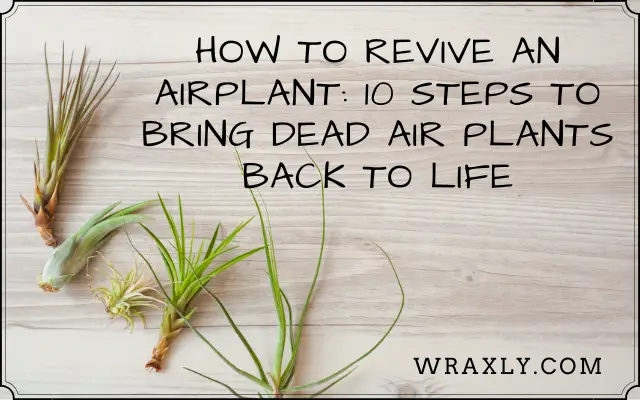
Types of air plants
There are many different types of air plants, but gardeners typically grow one of these five species:
- Tillandsia ionantha is one of the most popular air plants. Native to Mexico and Central America, this plant is characterized by its bright green leaves and purple flowers. Ionantha air plants are relatively small, growing to a maximum height of about 6 inches. These plants are easy to care for and make a great addition to any indoor garden.
- Tillandsia usneoides, also known as Spanish moss, is a common sight in the southern United States. This plant gets its name from its long, pendulous branches that resemble mossy growths on trees. Usneoides air plants can grow up to 3 feet long and produce small white flowers. These plants do best in high humidity environments and should be misted regularly.
- Tillandsia recurvata is native to South America and is one of the most distinctive-looking air plants. Recurvata air plants have curved leaves that give them a unique shape. They can grow up to 12 inches tall and produce purple or pink flowers when in bloom. These Plants thrive in humid conditions but can tolerate drier environments if they are watered frequently.
- Tillandsia xerographica is a large species of air plant that originates from Mexico and Guatemala. Xerographica air plants can grow up 2 feet tall and 3 feet wide! Their leaves are thin and silvery-green, giving them a beautiful appearance. These hardy plants are easy to care for and make an excellent addition to any indoor garden.
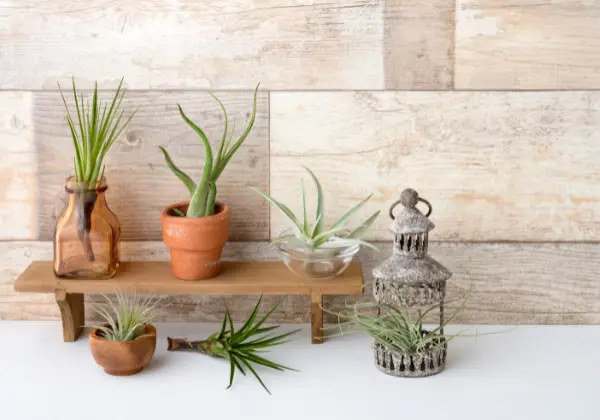
What Causes Dead Air Plants?
There can be different factors that can cause your vibrant and colorful air plants to die. One of the main causes can be a lack of proper air plant care.
Air plants need sufficient nutrients which they gather from water. They start losing their moisture and glow if you don’t water them regularly. Besides, not getting proper air circulation and sunlight can also cause them to die.
Even though they can live without soil, you need to provide enough resources for these plants to grow and thrive. Otherwise, your favorite plants can end up dying because of your negligence.
Learn How to Revive Dead Air Plants
If you see that your air plants are damaged and might die soon, don’t lose hope. You can still revive an airplant by taking the proper steps.
Luckily, reviving an almost dead air plant is not that difficult. All you need is some simple gardening techniques to bring your plant back to life. Follow these steps and you will learn how to revive an airplant:
1. Remove Dead Leaves
The first key step for reviving dead air plants is to remove dead leaves from the plant. You can understand the condition of your plant by measuring the number of dead leaves. Too many dead leaves can indicate that your plant is damaged or not getting proper nutrients. They can also help you find out whether you’ll be able to revive your dead plant or not. So start cutting down the dead leaves and after that, proceed to the next step.

2. Get Rid of Pests
Pests can be one of the main reasons behind your unhealthy air plants. One of the biggest threats to air plants is the mealybug. They can severely damage your plants by eating the leaves and roots. To save your plants from dying, you have to protect them from pests and insects.
First, you need to isolate the affected plants from the healthy ones. Then you have to spray them with disinfectant solutions like dish soap, baking soda, or neem oil. This way, you can eradicate most of the pests from the plant and keep them healthy, and will go a long way to reviving . Read more about organic pest control.
3. Soak the Plant
Water contains all the necessary nutrients an air plant needs to thrive. Lack of water can hinder air plants’ growth and cause their leaves to go brown. If your air plants are dying, a perfect way to revive an airplant is by soaking or immersing these plants in clean water. For that, you have to place the plants in a container or a jar. Then fill the jar with water and keep the air plant in the water for 1 hour. This way, the plants can regenerate and rehydrate themselves. Read more about how to water indoor plants.
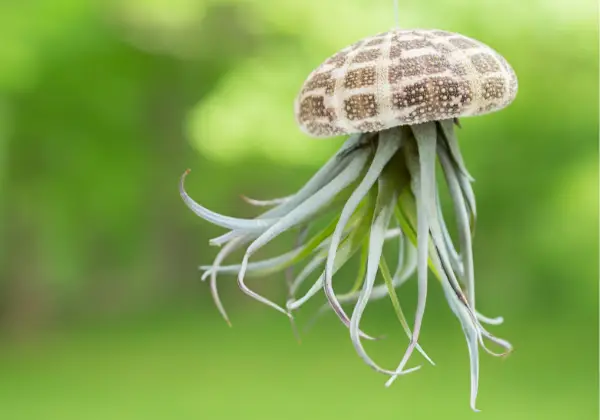
4 Provide Air Circulation & Sunlight
Just like water, sunlight also plays an important role in providing sufficient energy to air plants. So after soaking the plants with water, it’s recommended to put them in a well-lit area. But remember not to keep them under direct sunlight as it can have a negative impact on the air plants.
Plants need oxygen and it’s a crucial requirement for the revival process. Poor air circulation can often kill the air plants. That’s why you must keep them in a well-ventilated place with good air condition.
5. Remove Excess Water
Watering the plants is essential for your plants to survive but too much water can cause the root and leaves to rot. So try not to give excess water to the plants and make sure to keep the plants dry. You can do that by gently removing any excess water from the plant with a dry paper towel. While removing water, you mustn’t damage the leaves and roots.

6. Humidify Your Plant
One important piece of advice on how to revive an air plant: keep them in a highly humid environment. Typically air plants thrive in tropical rainforest areas with high humidity levels. So, if you keep these plants under a low humidity level, they won’t survive. Research suggests that the suitable humidity level for indoor air plants is around 50-90%.
You can use a humidifier to increase the indoor humidity level or use a spray to create an artificial mist. The mist will help you rise the humidity level inside a room and keep the air plants healthy.
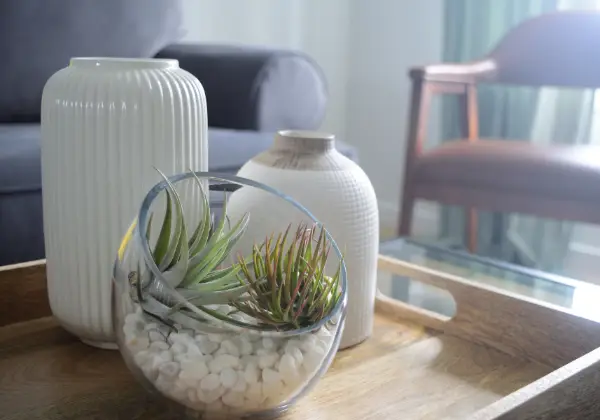
7. Cut Brown Leaves
It’s not a good sign if you see the leaves of air plants start turning brown. It means that there might be a fungal infection within the plants. It can damage the cells of the air plants and eventually, the rotting might start. To avoid further complications, immediately start cutting brown leaves and branches to prevent the infection from spreading. While cutting the leaves, avoid cutting any healthy part of the plant.
8. Add Fertilizer
An effective and useful way to keep your dying air plant alive is to add additional fertilizer. In normal circumstances, these plants don’t need any additional nutrients but when air plants are dying, fertilizers can greatly help. It can give the plants the missing nutrients that can increase their chances of revival. You can apply the fertilizer once or twice a month depending on the types of air plants.
9. Repeat the Steps Above (If Required)
If you notice that you have been unable to revive your airplant after following the previous steps, you should start again. Sometimes it might take longer for an air plant to revive. In that case, start soaking the plants again but this time, keep the duration short. You can also keep repeating the revival procedure until you see improvement. But even after all your effort, if you see no sign of improvement, then you might not be able to revive it again.
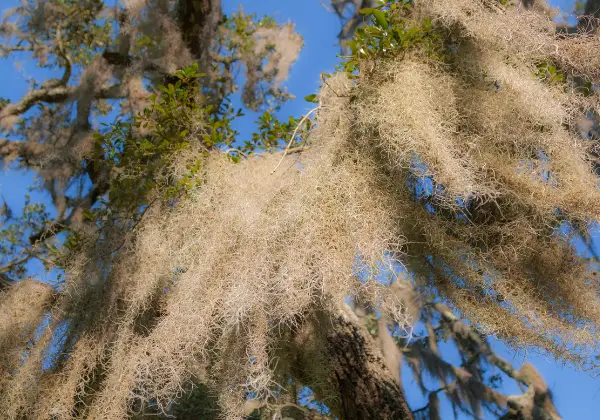
10. Provide Proper Air Plant Care
After completing the above steps, you can still take some additional measures to care for your air plants. For instance, you can give your air plant a new home by putting it in a different pot and soil. In the soaking process, you can use tap water or rainwater for better results. You should also observe the revival progress of the planet at regular intervals. You can also choose non-toxic fertilizers for an environment-friendly approach.
FOR FURTHER READING
- Neon Pothos vs Lemon Lime Philodendron: Which One to Choose?
- Everything You Need to Know About Laurel Leaves
Final Thoughts on How to Revive an Airplant
Air plants are one of the most beautiful natural elements that can keep our homes close to nature. If your air plant is dying, you just learned the best and easiest techniques you can employ to revive an air plant. Try these methods and give your dying air plant a new lease of life.
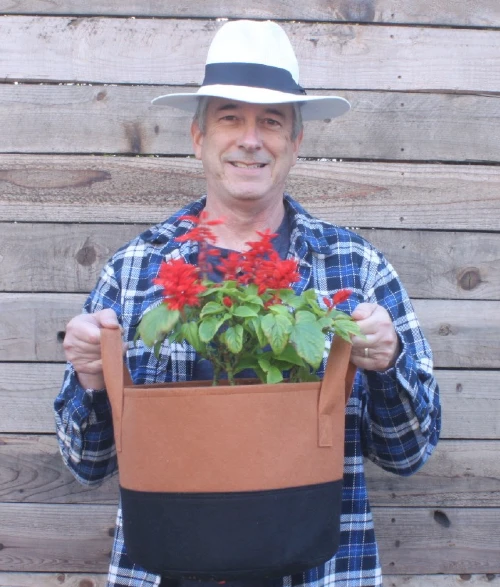
Darrell has a passion for gardening that he inherited from his father. Go here to read more about the influence his father played in his love for gardening. If you want to send Darrell a quick message, then visit his contact page here.

![How to Water Indoor Plants [Plant Care 101]](https://wraxly.com/wp-content/uploads/2021/03/How-to-Water-Indoor-Plants-Plant-Care-101-1200-1024x576.webp)
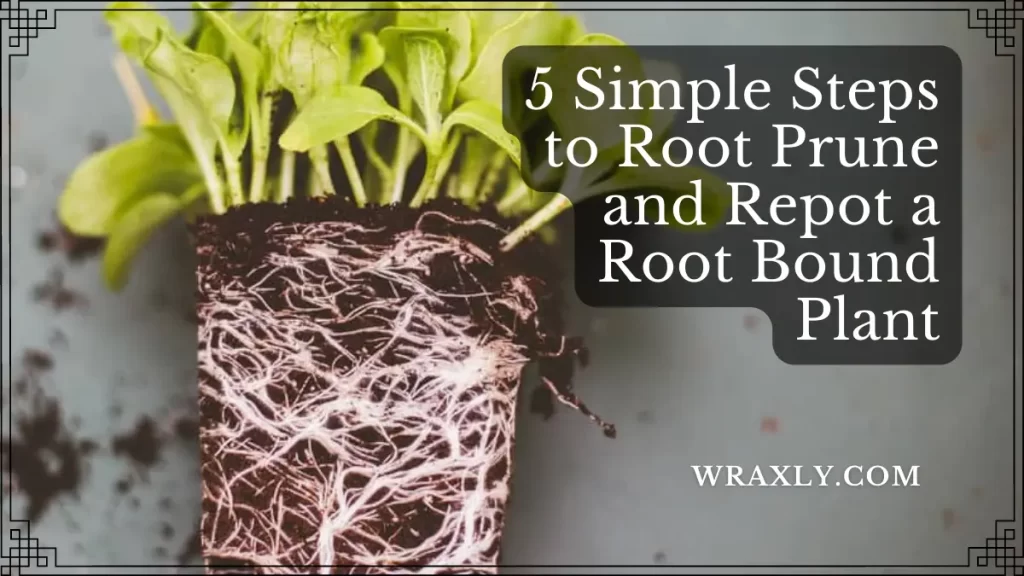
![Growing Plants from Cuttings [A Simple Guide]](https://wraxly.com/wp-content/uploads/2021/03/Growing-Plants-from-Cuttings-A-Simple-Guide-1200-1024x576.webp)